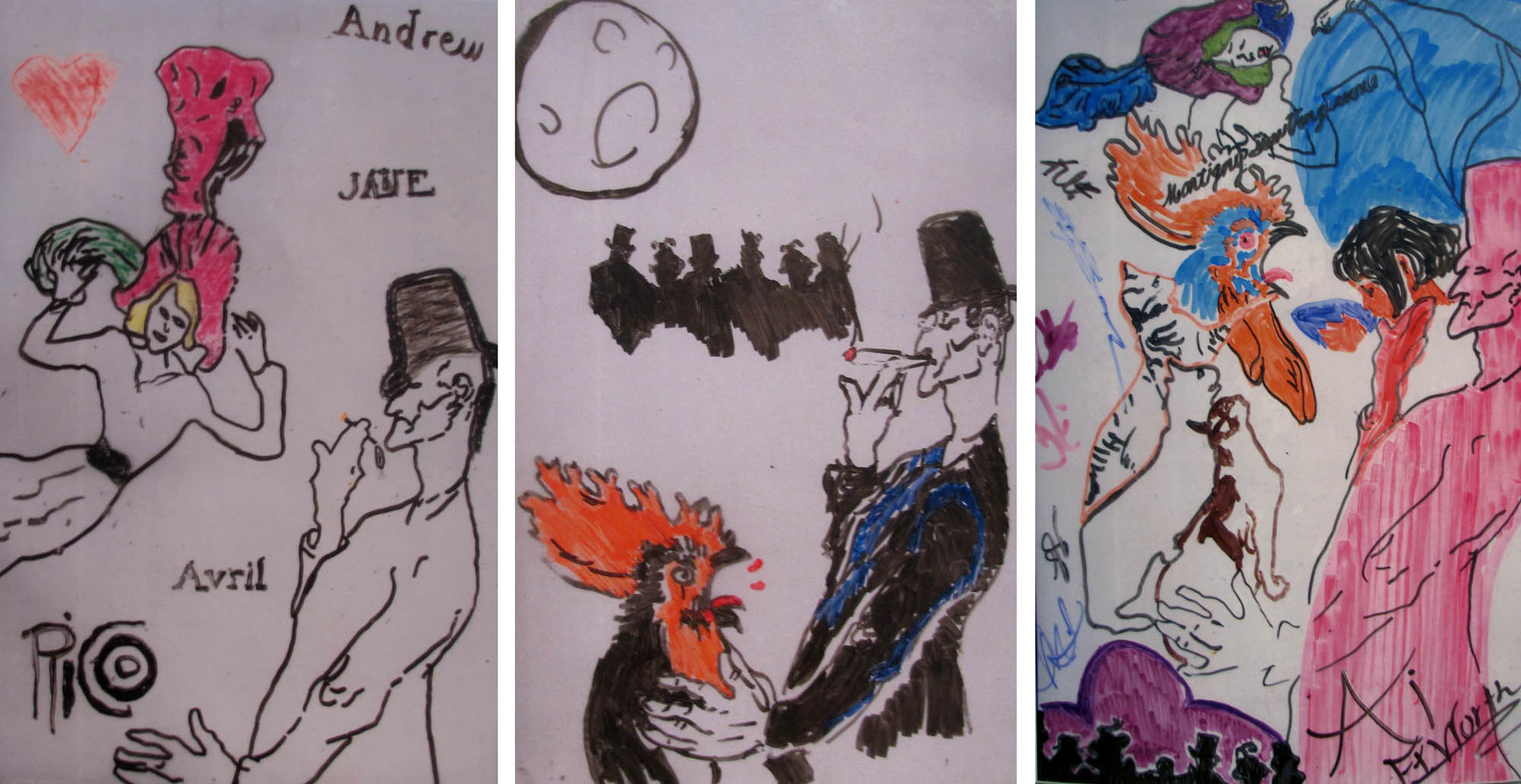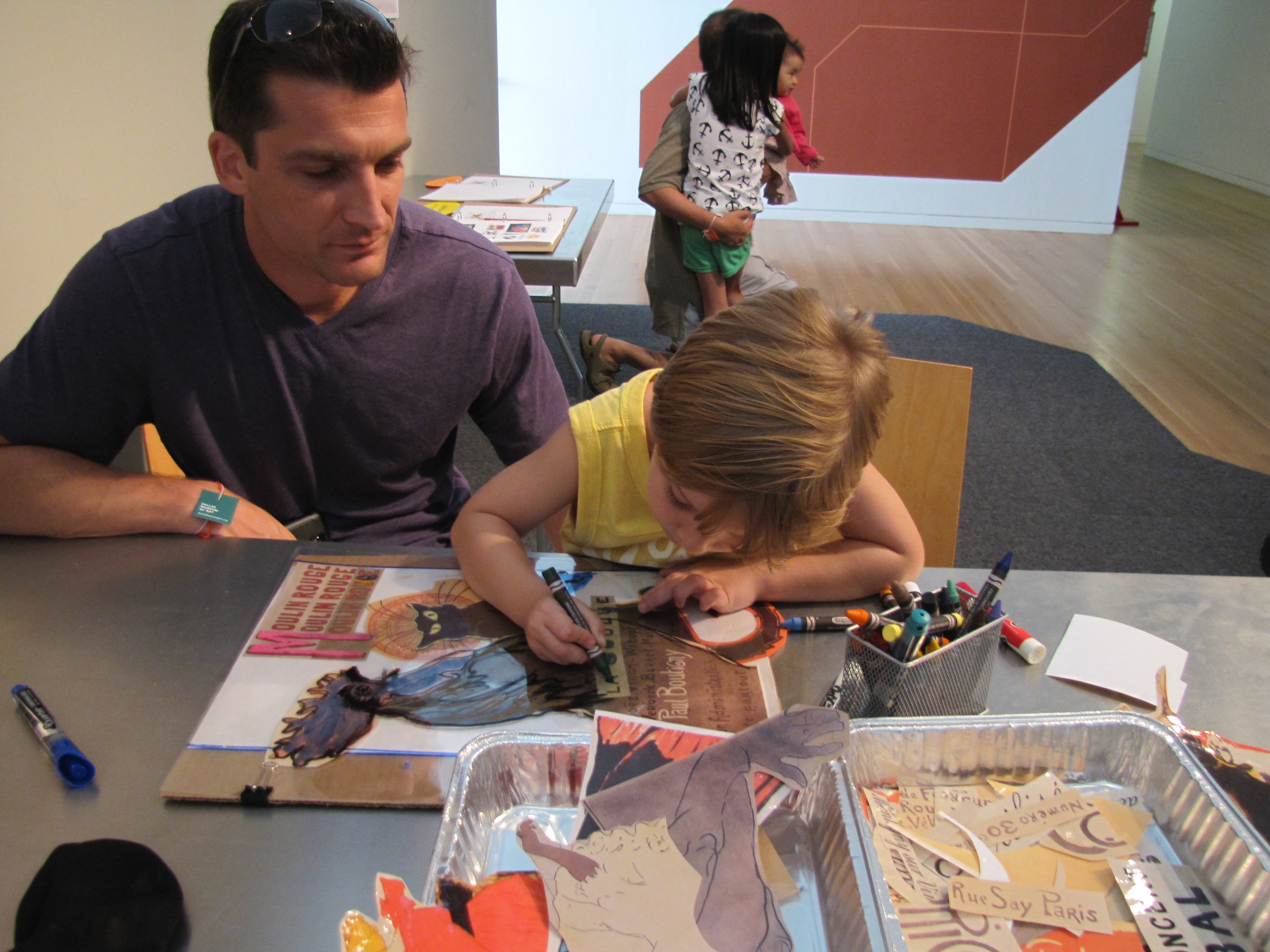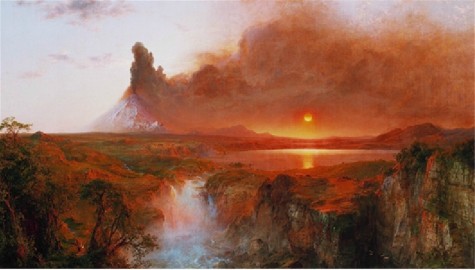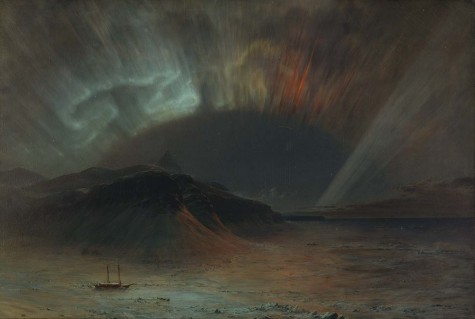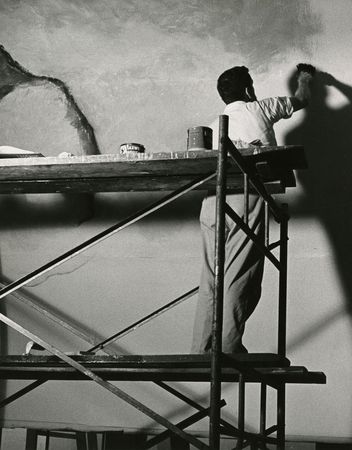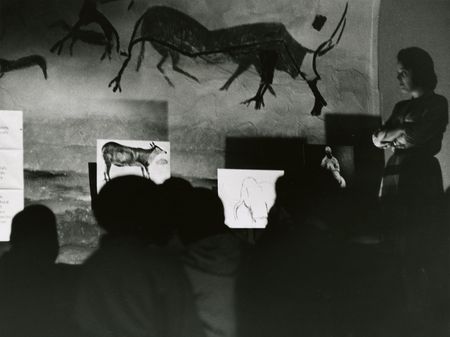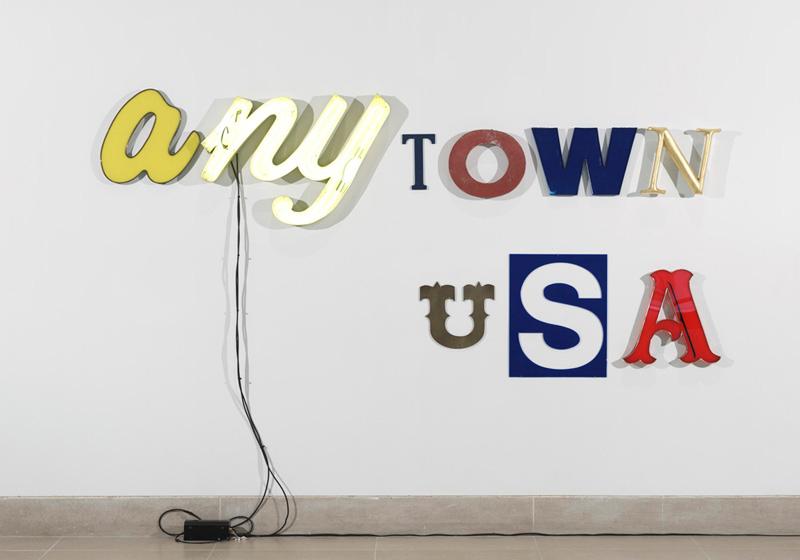Coming up in just ten short days, the Dallas Video Festival will launch its 25th Anniversary Festival here at the DMA. The festival will include screenings of feature-length works as well as shorts, animation, and other new media, “The Texas Show,” workshops, and more!
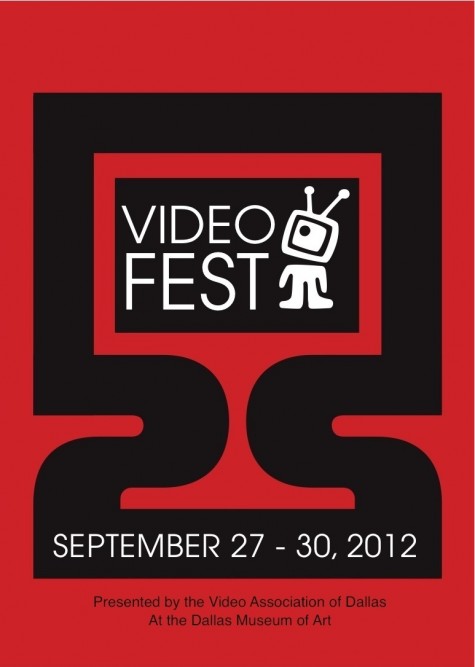
Recently, I spoke with Bart Weiss, DVF Artistic Director and all around “ video guy,” about the history of the festival.
So, the Video Festival is celebrating its 25th anniversary this year, back at its original home venue, the DMA. How did the Video Festival start and how did it happen to start at the DMA?
A dear and longtime friend of mine, John Held, Jr., was working on a program that was going to take place at the DMA called Video as a Creative Medium. It was a two-evening program; the first evening featured local video artists and the second evening featured video art from around the world, including works from Michael Smith and other up-and-coming video artists. It was a very successful program. Afterwards, I was chatting with John and Melissa Berry, the program manager at the DMA at the time, and just blurted out, “We should do this again next year, and for four days!” Thus the idea of the Video Festival was born.
I should also mention that on the first evening of the Video as a Creative Medium program, I met a lovely woman named Susan Teegarden, who is now my wife!
The Video Festival ran the first few years basically out of the DMA’s programming office and was not its own organization. Two of the founding board members of the official new organization, The Video Association of Dallas, were those very helpful and supportive DMA staffers–Melissa Berry and Sue Graze (the DMA’s contemporary art curator at the time).
What are a couple of your fondest memories of video festivals over the years?
Of course, I have many, many fond memories of past festivals, but one that really sticks out to me was one I could have never planned for. I cannot recall the exact year, but we had John Wylie Price participating in the festival. We were doing a program that included showing clips of the television show Amos ’n’ Andy. John was part of a conversation that debated whether this show was beneficial or damaging to the African American community since it often played upon stereotypes in the story lines.
We also had Steve Allen in town and he was going to be leading the program that was to follow Price’s. Allen attended Price’s program and instead of doing the schedule program, he ended up continuing the conversation with Price about how many communities–Jewish, African American, and others–often use humor to deal with the pain they experience as part of their history.
An absolutely incredible dialogue erupted and this moment is one that I think of often.
What can we expect at this year’s festival?
There are so many great things planned for this year’s festival–to pick out just a couple would be like looking down at your hands and deciding which finger on your hand was your favorite!
In general though, this year’s festival will feature many incredible Dallas filmmakers, who this year have made some of the greatest work of their lives. Some of these major local players whose work will be featured include (but are not limited to) Julia Dyer, Alan Govenar, Mark Birnbaum, and of course Allen and Cynthia Salzman Mondell, for whom we will hold a great tribute. All of this programming coming together so wonderfully is a statement to how important video art is, and doing the festival at the Museum makes it all the more powerful.
We hope to see you at the festival, September 27-30. For more details and to buy tickets and passes, visit the Dallas Video Festival’s website.
If you need further convincing to come check out the festival, here are a few pictures from Video Fests over the years.
[slideshow]
Denise Helbing is the Manager of Partner Programs at the Dallas Museum of Art.
